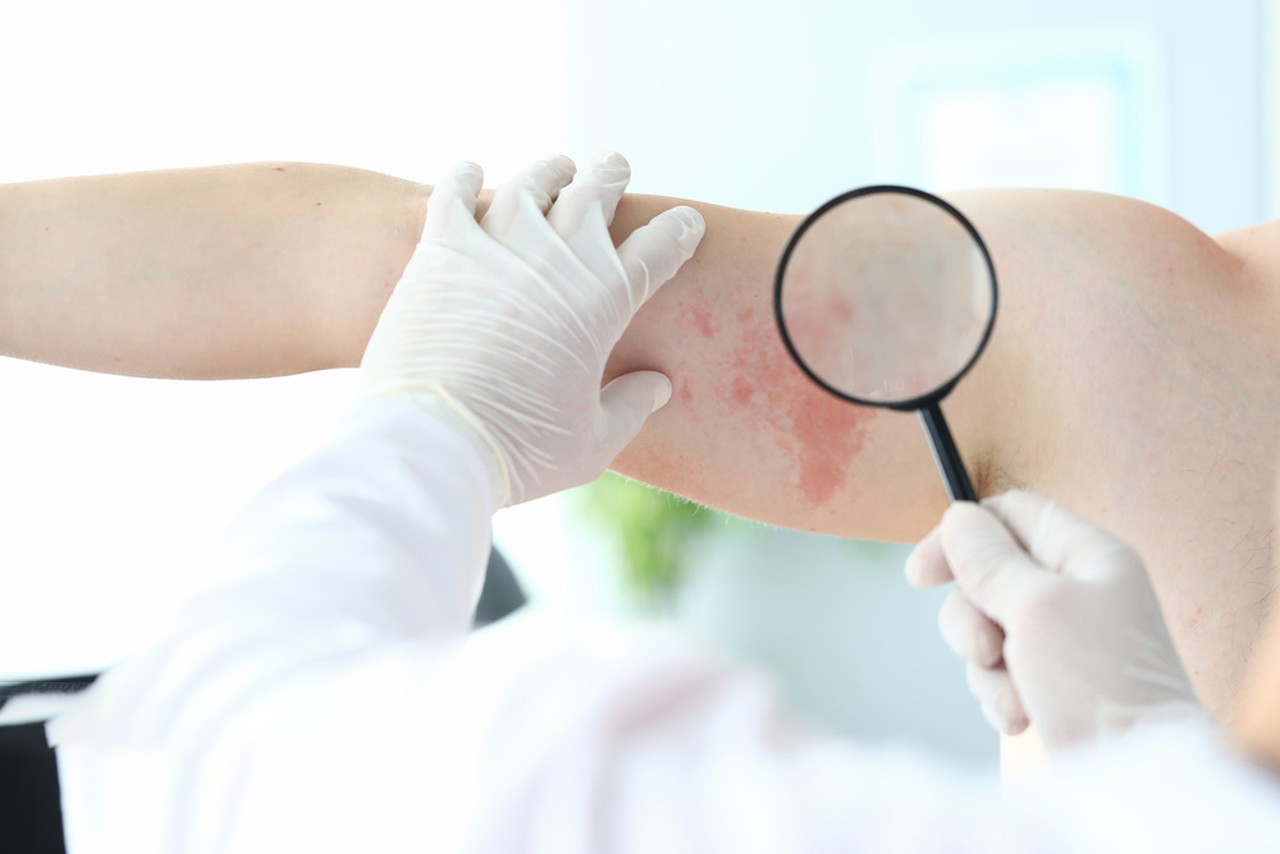Kava extract is derived from the root of the Piper methysticum plant, which is traditionally used for its calming and sedative effects. The preparation of Kava extract involves a process that maximizes the concentration of its active compounds, primarily kavalactones. Here’s a general method for preparing Kava extract:
1. Harvesting and Drying the Kava Root
- Harvesting: Kava roots are harvested from mature plants, typically 3-5 years old.
- Drying: The roots are thoroughly cleaned and dried. This can be done by air drying, or using low heat to prevent the degradation of active compounds.
2. Grinding the Root
- After drying, the kava root is ground into a fine powder using a grinder or mortar and pestle. The finer the powder, the better the extraction will be.

3. Solvent Selection
The next step is to choose the solvent for extraction. Common solvents include:
- Water: Traditional preparation uses water, especially in the Pacific Islands, but it’s less efficient for extracting kavalactones.
- Alcohol: Ethanol (grain alcohol) is often used for a more concentrated extract. It’s effective at extracting kavalactones and can produce a potent tincture.
- Glycerin: A non-alcoholic option, which is more gentle and can be used for those avoiding alcohol.
4. Extraction Process
Cold Extraction (for Alcohol or Glycerin):
- Place the ground kava root powder in a jar and add the chosen solvent (typically 1:4 or 1:5 ratio of kava powder to alcohol/glycerin).
- Seal the jar and shake it well to ensure thorough mixing.
- Allow the mixture to sit in a cool, dark place for 1-2 weeks, shaking it daily to ensure proper extraction.
Hot Water Extraction (Traditional Method):
- For a simpler, traditional extract, hot water can be poured over the ground kava root (use around 1:2 ratio of root to water).
- Let it steep for several hours, then strain the liquid through cheesecloth or a fine mesh.
- The resulting liquid can be concentrated further by evaporating some of the water, leaving a thicker extract.
5. Straining the Extract
- After the extraction period, strain the mixture through a fine sieve or cheesecloth to remove the solid kava root material. The liquid you are left with is the kava extract.
6. Concentration and Storage
- If needed, the extract can be further concentrated by evaporating the solvent under low heat or in a vacuum evaporator. This creates a more potent extract, sometimes referred to as “kava tincture” or “kava concentrate.”
- Store the extract in dark glass bottles to protect it from light and degradation.
7. Dosage and Usage
- The final extract can be consumed in small doses, typically 1-2 milliliters of tincture, or as directed based on the Kava extract is potency. It’s important to follow proper guidelines and consult a healthcare professional if necessary.

Key Considerations:
- Kava Extract Potency: The potency of kava extract depends on the type of solvent used and the extraction method. Alcohol-based extracts tend to be stronger.
- Kavalactone Content: The primary active compounds, kavalactones, should be considered when creating or purchasing extracts. The higher the concentration of kavalactones, the stronger the calming effects.
- Safety: Overconsumption of Kava extract can lead to side effects, including liver damage, especially with long-term use. Always use caution and follow recommended dosages.
Would you like further details on any specific part of this process?
